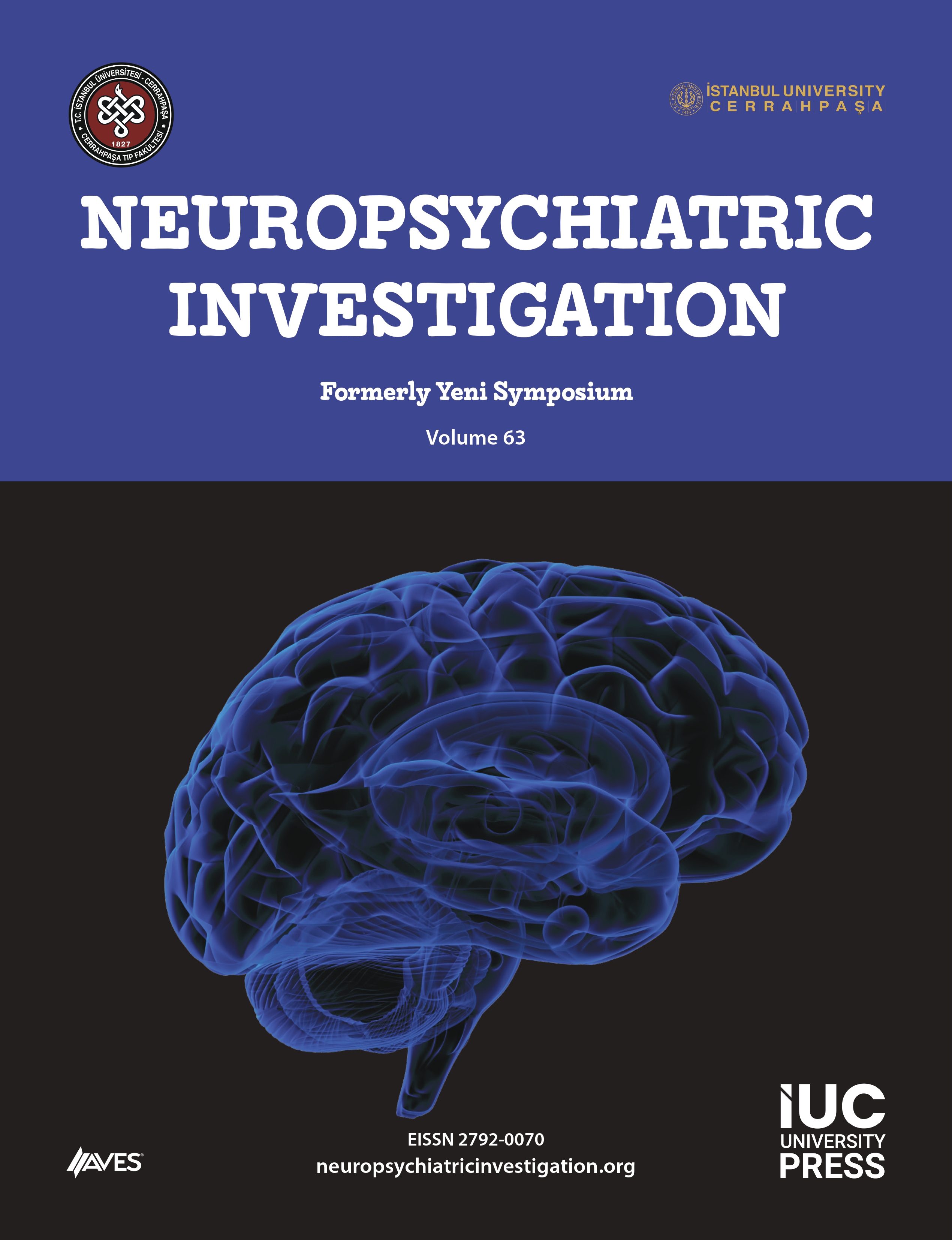Objective: Our research goal was to explore the interplay between attachment styles and defense mechanisms in individuals seeking psychotherapy including the investigation of the roles of potential mediating variables.
Methods: Participants who were admitted to Psychotherapy Unit of İstanbul University, İstanbul Faculty of Medicine, Department of Psychiatry were included in the study. A detailed psychosocial development history of the patients is recorded through interviews, consisting of at least 3 sessions. After these interviews psychodynamic formulations were made, and the Adult Attachment Scale and the Defense Style Questionnaire 40 were applied.
Results: Totally, 102 people participated in this study. While 55 of the participants had borderline personality organization (BPO), 47 of them have neurotic personality organization (NPO). In the group with BPO, the anxious attachment scores (P < .05) and the immature defense scores (P=.01) were significantly higher than participants with NPO. Significant relationships were found between anxious attachment and neurotic (P < .05) and immature defenses (P < .001) and between avoidant attachment and immature defenses (P < .001). Multiple regression analyses of the 3 attachment styles as dependent variables were performed. While age, gender, and personality organization level did not predict any of the attachment styles, immature defenses predicted anxious (P=.010) and avoidant attachment (P=.010).
Conclusion: Defense mechanisms appear to be more effective in determining attachment style than sociodemographic and clinical variables like personality organization level, age, and gender. This seems important at present when a dimensional approach is emphasized rather than specific diagnostic categories.
Cite this article as: Şahin AB, Kaya H, Çelik O, Saydam MB. Defense mechanisms are effective in attachment styles regardless of personality organization, age, and gender. Neuropsychiatr Invest. 2024;62(2):38-44.




.png)